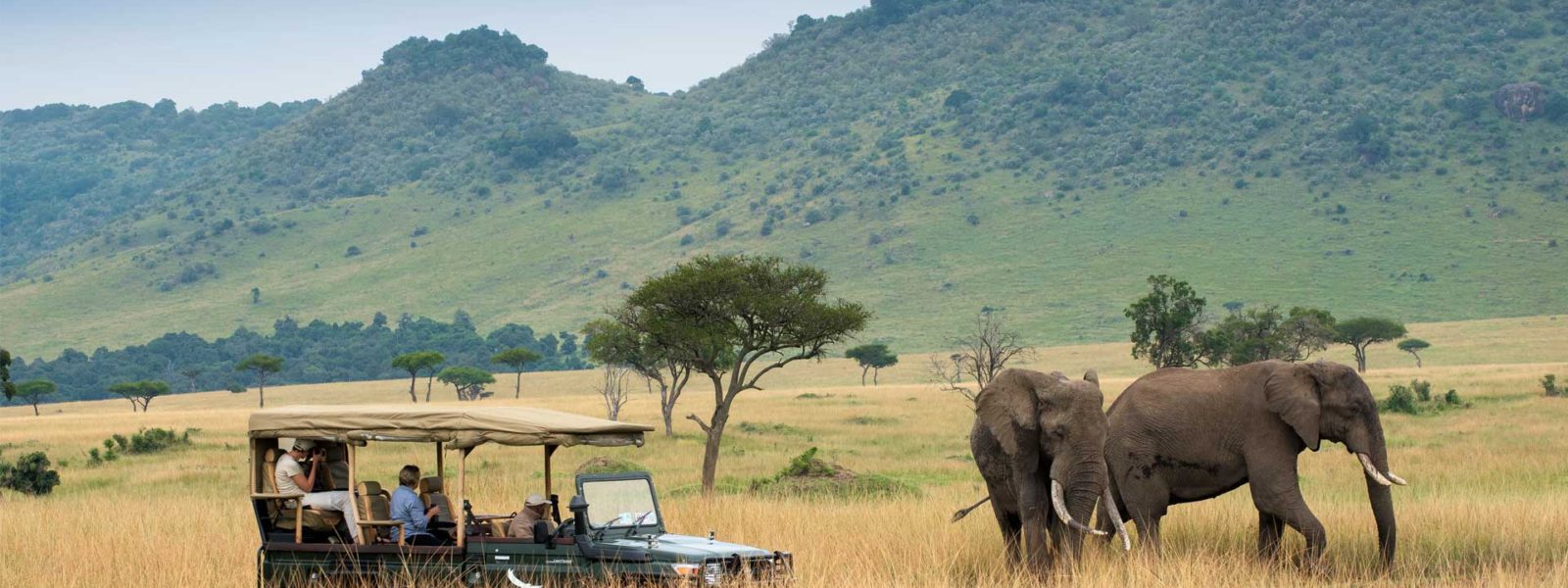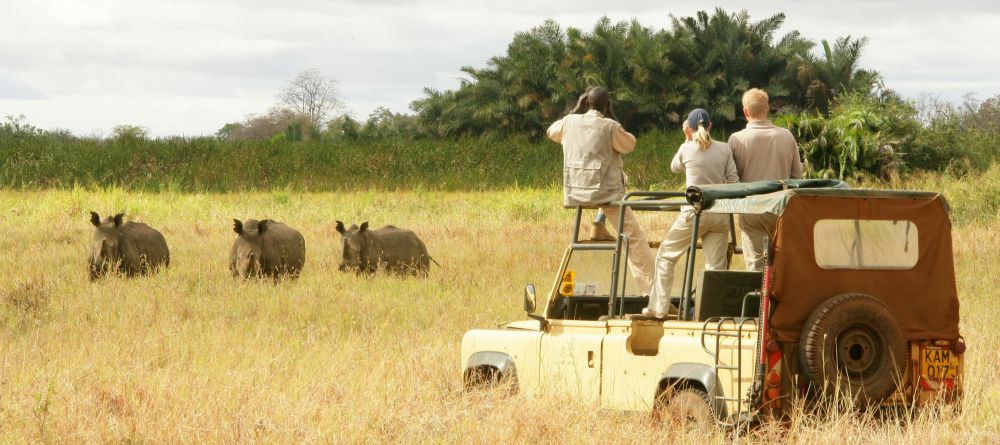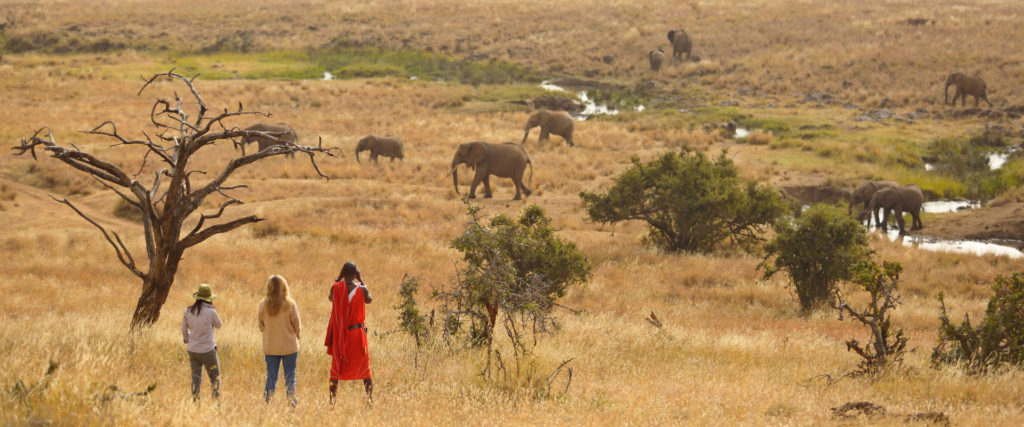Things to See & Do in the Mara
Find the Wildlife On safari
All of the Big Five are regularly seen on a regular Kenya safari. The Masai Mara is one of the best places in Africa to see big cats, the white rhino and the flamingos can be easily seen at Lake Nakuru which is en route your journey to Masai Mara.
See: 11 Day Masai Mara, Lake Nakuru and the Gorillas
Follow, see & Photograph the Wildebeest Migration
The wildebeest migration in the Masai Mara is one of Africa’s greatest wildlife spectacles. At least two million ungulates – mainly wildebeest, but also zebra and gazelle – move throughout the Mara-Serengeti ecosystem. The crossing of the Mara River is the absolute highlight of the migration.
The best time to visit the Mara
The best time to visit the Mara is during the Dry season from late June to October (these are the best wildlife viewing months).
The arrival of the great Wildebeest herds from July to October springs the Masai Mara into life as the lush grasslands overflow with not only Wildebeest but huge herds of Zebra and other antelope closely followed by opportunistic hungry predators. Although this event is a major attraction the Masai Mara is an excellent Safari destination from January through to the beginning of April (before the start of the “long rains” in April) and then from June through to the end of October.
Passport & Visa Requirements
Entry requirements can change, so please contact your local Kenya Embassy to verify the information below is current.
Getting in & around
From your home country, you will fly in through Jomo Kenyatta International Airport (NBO) located 15km/9mi southeast of Nairobi the capital. Most domestic flights out of Nairobi to national parks & reserve around Kenya depart from Wilson Airport (WIL), 6km/4mi south of Nairobi.
Kenya is a vast country and further transportation within the country is usually done by road, though our luxury Kenya safaris include one or more flights. Realm Africa Safaris™ will collect you from the airport or hotel and further transportation will be part of your pre-booked your safari.






